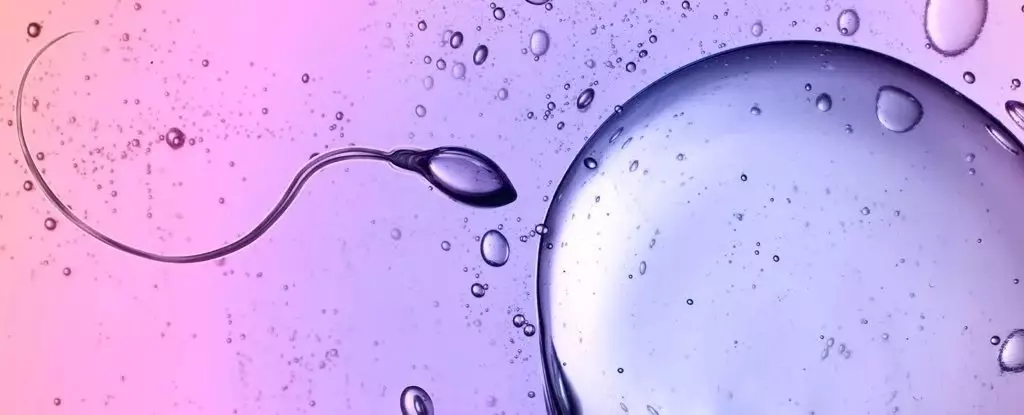When we think of motion in fluids, particularly viscous ones, we often default to Newtonian principles. Sir Isaac Newton, a towering figure of the scientific revolution, introduced foundational laws of motion that have served humanity well for centuries. Yet, when one peers into the microscopic realm—where tiny, living entities like sperm and algae navigate through thick, gloopy environments—the standard laws that govern our larger world seem to break down spectacularly. This disconnect from Newton’s third law of motion—where every action has an equal and opposite reaction—challenges our understanding of movement. For those captivated by the intricacies of biological mechanics, this investigation into the seemingly chaotic motion of sperm introduces essential questions regarding the very nature of physical laws.
Biological Swimmers: Defying Convention
Recent work spearheaded by Kenta Ishimoto and the team at Kyoto University explores the enigma of how human sperm so adeptly traverses these seemingly prohibitive fluids. Through innovative modeling and experimental analysis, they reveal that the swimming mechanics of sperm and algae embody a fascinating departure from conventional physics. In their observations, the fundamental aspect of motion emerges through a lens of chaotic behavior that is defined by non-reciprocal interactions, raising profound implications about our understanding of motion at the cellular level. This exploration illustrates a significant departure from conventional wisdom, forcing us to rethink established paradigms that have dominated our understanding of physics for centuries.
Odd Elasticity: The Key to Revolutionizing Movement
The researchers have identified an intriguing concept, dubbed ‘odd elasticity,’ that grants these microscopic swimmers remarkable abilities. The elasticity of the flagella—those tail-like structures that propel the cells—is not just a mere property of resilience; it is an agility that allows for energy-efficient movement despite high viscosity. Traditional physics suggests that such fluids would easily sap energy from any moving object, yet the findings indicate that sperm, aided by their unusual flagella, manage to dart through without falling prey to these losses. This peculiar characteristic invites speculation about the evolutionary advantages such adaptability confers, suggesting an advanced biological sophistication that leaves one both awed and envious of nature’s ingenuity.
Beyond the Microscopic: Broad Implications
The findings of Ishimoto’s team have cascading implications beyond understanding how tiny entities move. They could lay foundational principles for the development of small, self-assembling robots that imitate natural organisms. Imagine the potential for tiny machines designed to navigate through bodily fluids, offering revolutionary applications in medicine, or biomimetic technology inspired by the peculiarities of sperm motion. This intersection of biology and technology reveals a horizon where physics, engineering, and biomedicine converge in astonishingly creative ways.
A Call for Reevaluation of Established Norms
What this research underscores is something far more significant than just the mechanics of movement; it challenges us to reevaluate how we perceive the natural laws shaping our world. If the tenets we uphold about motion can be dismissed as the rules of a larger, observable world—rules that simply don’t apply within microscopic territories—then what additional complexities may we overlook? The implications of such a paradigm shift extend to the very fabric of science and the fluid nexuses connecting varying disciplines, beckoning a new era of interdisciplinary inquiry.
Through the lens of center-wing liberalism, one might argue for a more pluralistic understanding that embraces chaos, ambiguity, and the unforeseen complexities of life. Rigid adherence to established norms can stifle the remarkable progress humanity might make in understanding our world—and ourselves. In celebrating the oddities of nature, we might find glimpses of innovation that not only enlighten our current scientific models but also inspire creativity across various domains.
The study of microscopic swimmers like sperm unveils a breathtaking narrative, one that challenges our existing paradigms and nudges us toward a more nuanced celebration of life’s intricacies. Nature is not merely a mechanical clockwork, obedient to our established rules; it is a message on the chaos and complexity of existence, bursting forth in colors, motions, and interactions that defy our attempts to simplify.


Leave a Reply